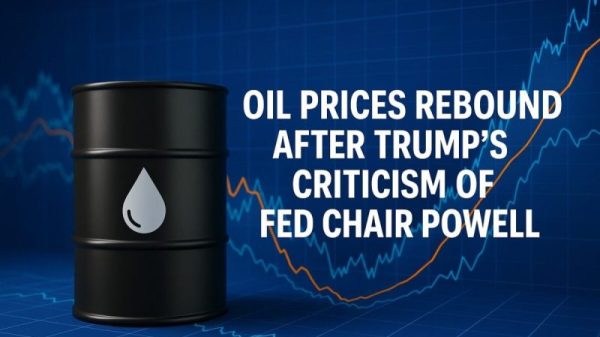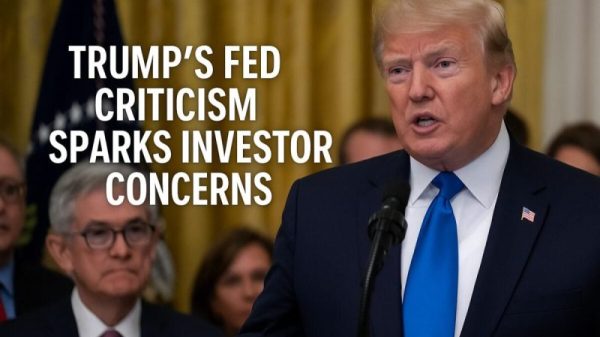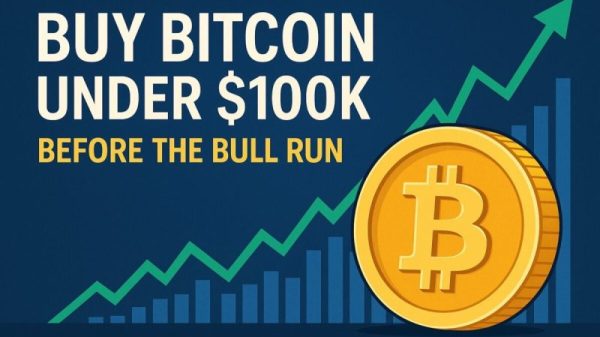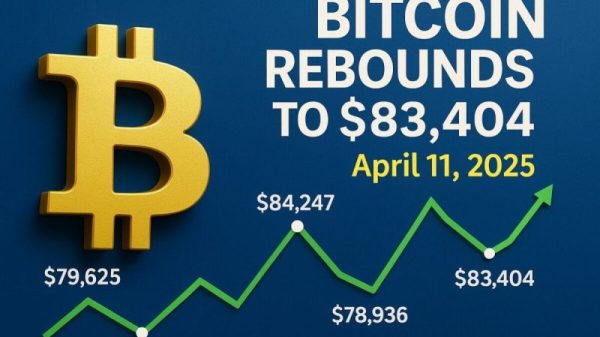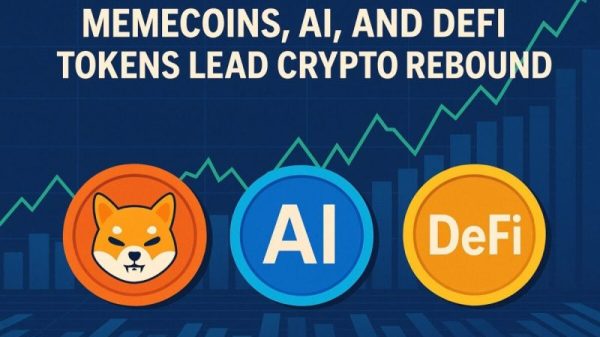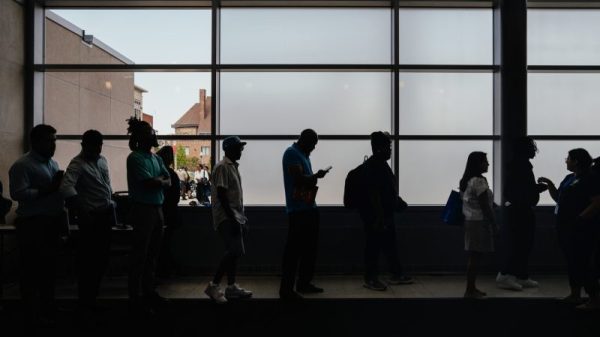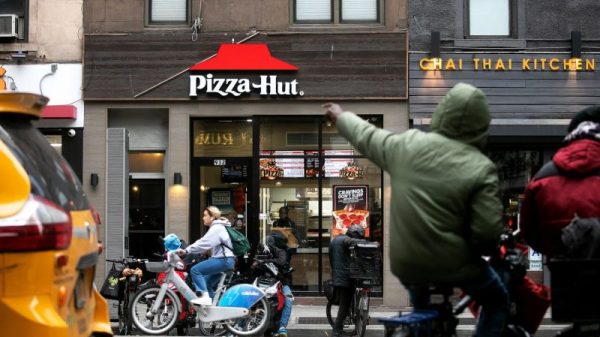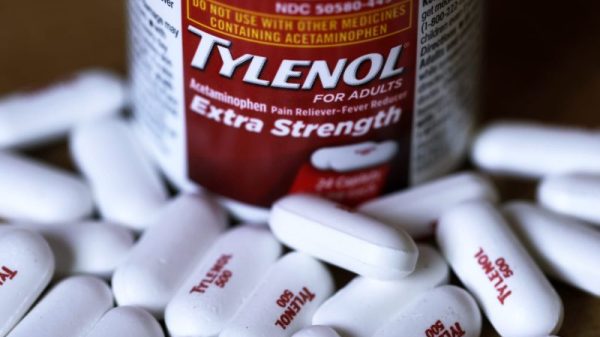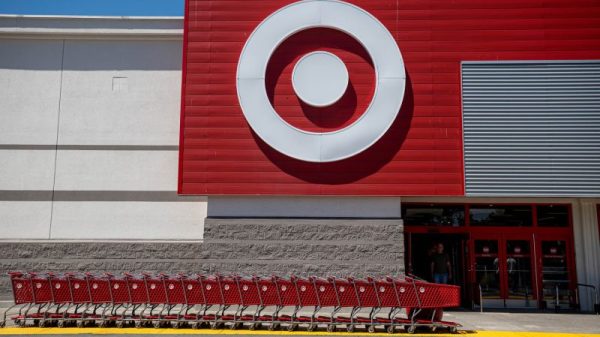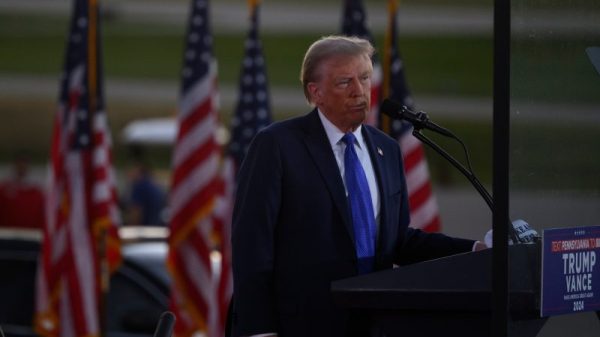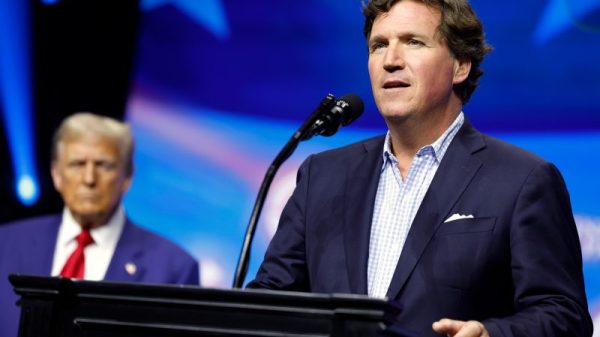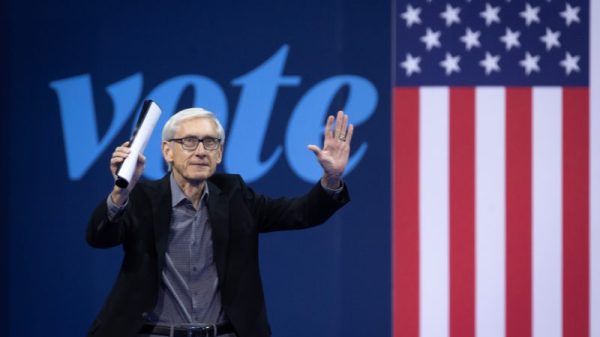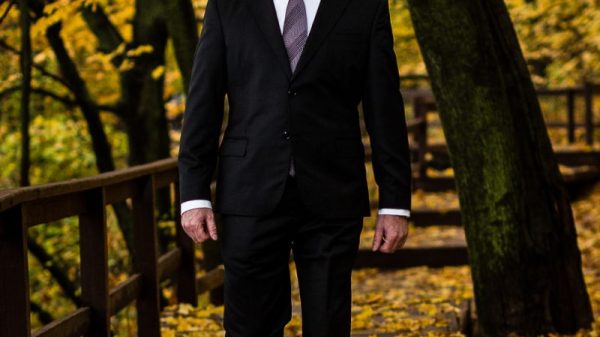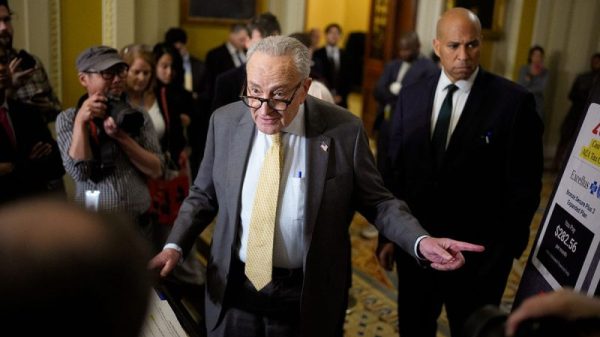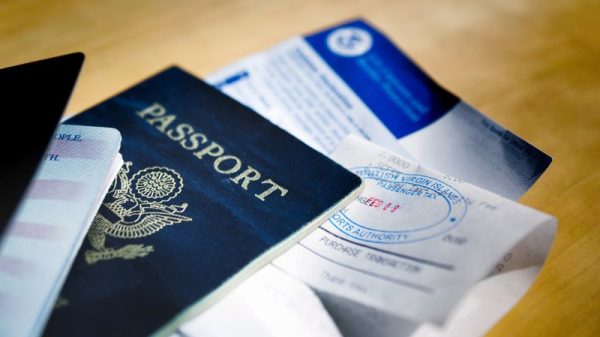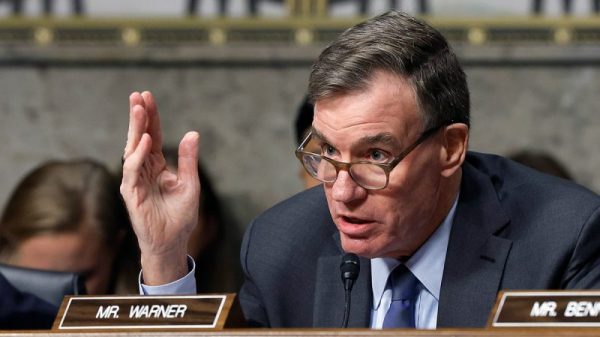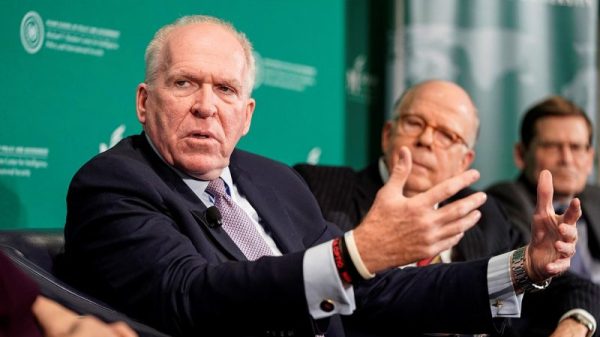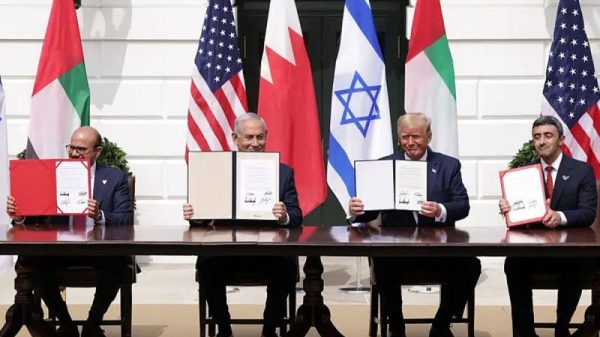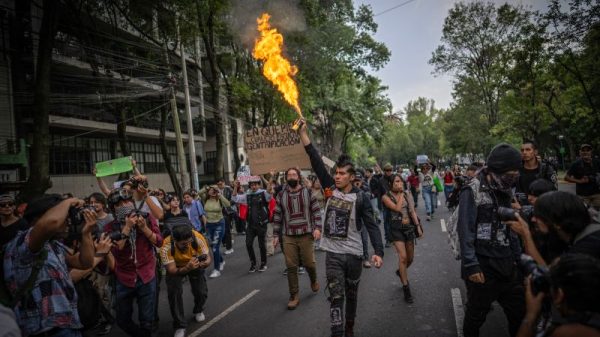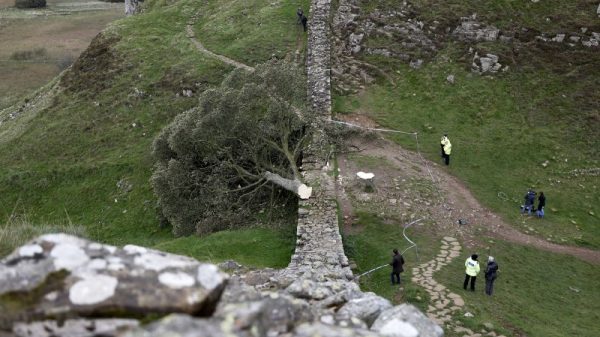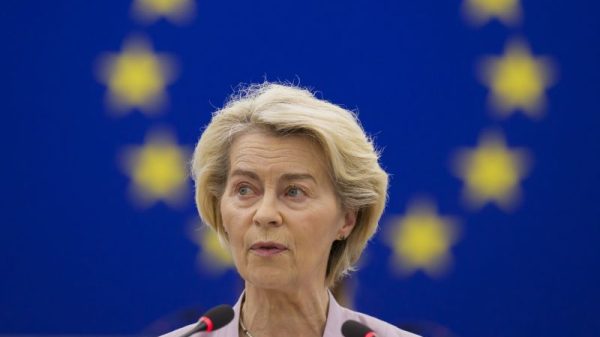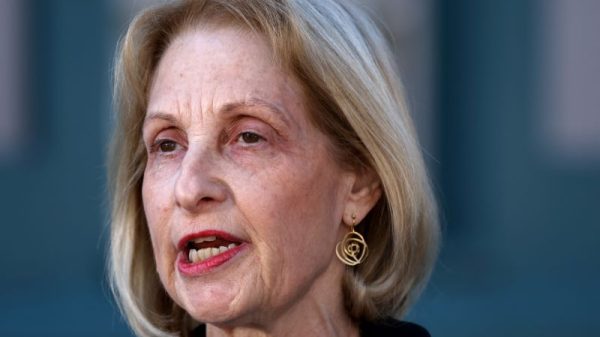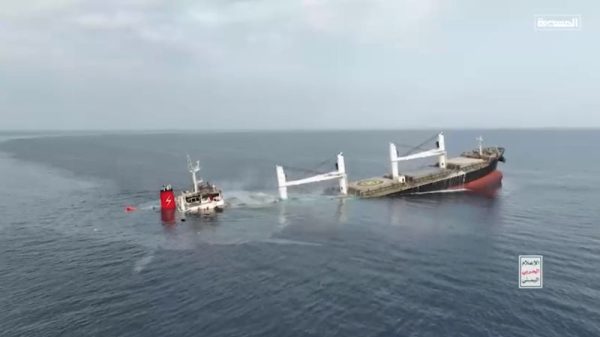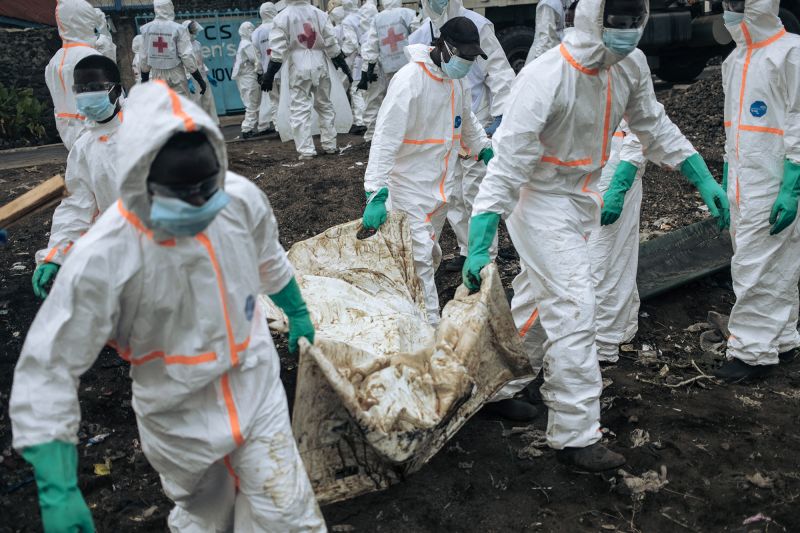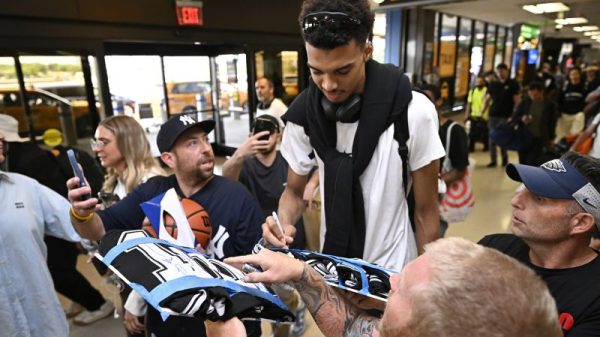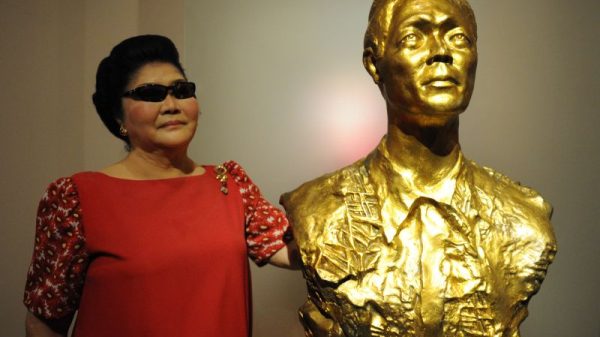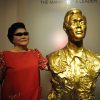A rampaging rebel group has claimed the capture of another mining town in the eastern part of the Democratic Republic of Congo (DRC), a little over a week after it took control of the region’s largest city Goma.
Clashes between the rebel coalition Alliance Fleuve Congo (AFC) and Congolese forces have left more than 3,000 people dead in less than two weeks, according to DRC’s government.
The AFC, of which the M23 armed group – which claims to defend the interest of minority Rwandophone communities – is a key member, took over resource-rich Nyabibwe last week after Goma, the provincial capital of North Kivu, fell on January 27.
It comes less than a year after the rebels seized Rubaya, a mining hub also in the country’s east, which harbors one of the world’s largest deposits of coltan, a valuable mineral used in the production of smartphones.
Here’s what you need to know.
Is my phone fueling the conflict?
For decades, DRC, a Central African nation of more than 100 million people, has grappled with bloody militia violence, including ethnic and resource-driven armed rebellion by M23 and dozens of other armed groups.
Roughly the size of Western Europe, the war-riven country is endowed with vast mineral wealth, including the world’s largest reserves of cobalt and coltan – both critical to the production of electronics. Cobalt is used to produce batteries that power cell phones and electric vehicles, while coltan is refined into tantalum, which has a variety of applications in phones and other devices.
However, according to the World Bank “most people in DRC have not benefited from this wealth,” and the country ranks among the five poorest nations in the world.
Much of DRC’s mineral wealth is split between its government and armed groups who control swathes of the resource-rich east.
“It’s not a coincidence that the zones occupied by the rebels are mining areas,” Okenda said, adding that global demand for cobalt and coltan has fueled the crisis.
“It takes money to wage war. Access to mining sites finances the war,” he added.
Why do the rebels want the minerals?
But a top United Nations official has an idea.
Bintou Keita, the UN Secretary General’s Special Representative to the DRC, told the Security Council in a September briefing that coltan trade from Rubaya’s mines is estimated to supply over 15 percent of global tantalum production and generates an estimated $300,000 in revenue a month for M23.
M23 denied these claims, insisting its presence in Rubaya was “solely humanitarian.”
Much of the international community, including the Congolese government, has accused neighboring Rwanda of backing M23 and aiding the plunder of DRC minerals.
UN experts believe that an estimated 3,000 to 4,000 Rwandan soldiers are supervising and supporting M23 fighters in eastern DRC, outnumbering the rebel group’s forces in the country. A December report by the UN Group of Experts on the DRC revealed that “at least 150 tons of coltan were fraudulently exported to Rwanda and mixed with Rwandan production.”
Rwanda is one of the world’s top suppliers of coltan and has surpassed DRC’s export of the mineral in recent years.
Where do DRC’s plundered minerals go?
In a public address that drew outrage last year, Kagame admitted that Rwanda was a transit point for minerals smuggled from DRC, but insisted his country was not stealing from its neighbor.
“Some people come from Congo; whether they smuggle or go through the right channels, they bring minerals. Most of it goes through here (Rwanda) but does not stay here. It goes to Dubai, Brussels, Tel Aviv, (and) Russia. It goes everywhere,” Kagame said, without providing evidence or specifying what minerals were being smuggled.
In 2022, the United States Treasury Department said that over 90% of DRC’s gold was being “smuggled to regional states, including Uganda and Rwanda” where they are “refined and exported to international markets, particularly the UAE,” and sanctioned a Belgian businessman for facilitating the trade.
For DRC’s other valuable minerals including coltan and cobalt, the scale of the plunder remains unclear.
In December, DRC sued subsidiaries of Apple in Belgium and France, accusing the company of sourcing conflict minerals. Apple denied the accusation.
Every year, tech giants such as Apple and Microsoft publish reports saying that they demand responsible sourcing of minerals from their suppliers.
In an earlier filing to the US Securities and Exchange Commission in 2023, Apple said that while it continued to source 3TG (tin, tungsten, tantalum and gold) and other minerals such as cobalt and lithium from DRC and other countries, it was “committed to meeting and exceeding internationally accepted due diligence standards for primary minerals and recycled materials in our supply chain.” It added that its due diligence efforts had “found no reasonable basis for concluding that any of the smelters or refiners of 3TG determined to be in our supply chain as of December 31, 2023 directly or indirectly financed or benefited armed groups in the DRC or an adjoining country.”
Is there a solution to the conflict?
DRC’s mineral wealth has presented itself as a “curse,” according to analyst Okenda, who explained:
Last week, a humanitarian ceasefire announced by M23 fell apart almost immediately after it was declared, as the rebels swiftly advanced into Nyabibwe.
While regional and global leaders ponder solutions to ending the crisis, Okenda believes that DRC’s government needs to reinvent itself if it hopes for lasting peace.
DRC “has a governance model that if it does not change, the Congolese population will gain absolutely nothing, whether there is war or not,” he said.
“If the Kinshasa government improves its governance, invests in the army, ensures a fair sharing of resources between citizens in the country, and conducts elections that are of better quality, I still think that peace can return (to DRC),” he said.

